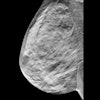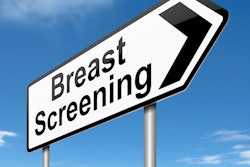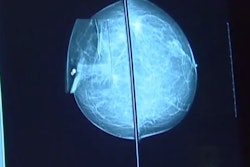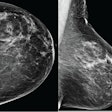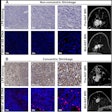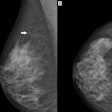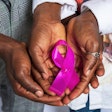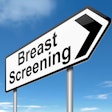Safety net hospitals provide equitable care in breast cancer screening in terms of race and ethnicity, a study published December 12 in Academic Radiology found.
Researchers led by Alexander Boyko, MD, from Boston Medical Center in Massachusetts also found that breast cancer diagnosed at advanced stages were tied to higher mortality and lower odds of undergoing screening mammography in a safety net population.
“Given no racial or ethnic differences in mortality, the safety net infrastructure at our institution effectively provides equitable cancer care once a cancer is confirmed,” Boyko and co-authors wrote.
Despite the benefits of regular mammography screening on overall breast cancer mortality, many women of various racial and ethnic backgrounds do not undergo routine mammography. And while previous reports suggest that Black and Hispanic women are more likely to undergo screening, Black women experience delayed treatment initiation and prolonged treatment duration more often than white women. Other inequities have been reported in care utilization, insurance coverage, and health outcomes for women of diverse racial and ethnic backgrounds.
The Boyko team identified predictors tied to lower mortality in women diagnosed and treated for breast cancer at a safety net hospital. It included data from 907 women with an average age of 59 years. Of these, 46% were Black, 40% were white, 10% were listed as “other,” and 4% were Asian.
The team found no significant difference in mortality when it came to race or ethnicity, with all p values being greater than 0.05.
It also reported that increasing age and more advanced stage at diagnosis were significantly associated with increased mortality. These included adjusted odds ratios (aOR) of 1.03 for age (p = 0.001) and 6.37 for disease staging (p < 0.0001).
A total of 494 women had screening prior to diagnosis. The team reported longer screening time for women with advanced stage at a median of 521 days compared to early-stage diagnosis at 404 days (p = 0.0004). Also, shorter screening time showed significant ties to lower all-cause mortality, with an aOR of 0.57 (p = 0.013).
Finally, the team reported that women with Medicaid, unspecified insurance, and no insurance were less likely to undergo screening before diagnosis than women with private insurance (all p < 0.05).
The results suggest that women should undergo annual screening mammography starting at 40 years of age, the study authors wrote. They added that legislative steps to equalize access to breast imaging services will be critical in addressing financial barriers to early breast cancer detection and timely care.
The results also indicate that with breast cancer outcomes in the study being similar for all races and ethnicities, the safety net setting has a “robust infrastructure.” This includes patient navigation, interpreter services, transportation, and financial assistance.
“As different insurance types are correlated with better or worse outcomes, overcoming financial barriers should also remain a priority,” they added.
The full study can be found here.

